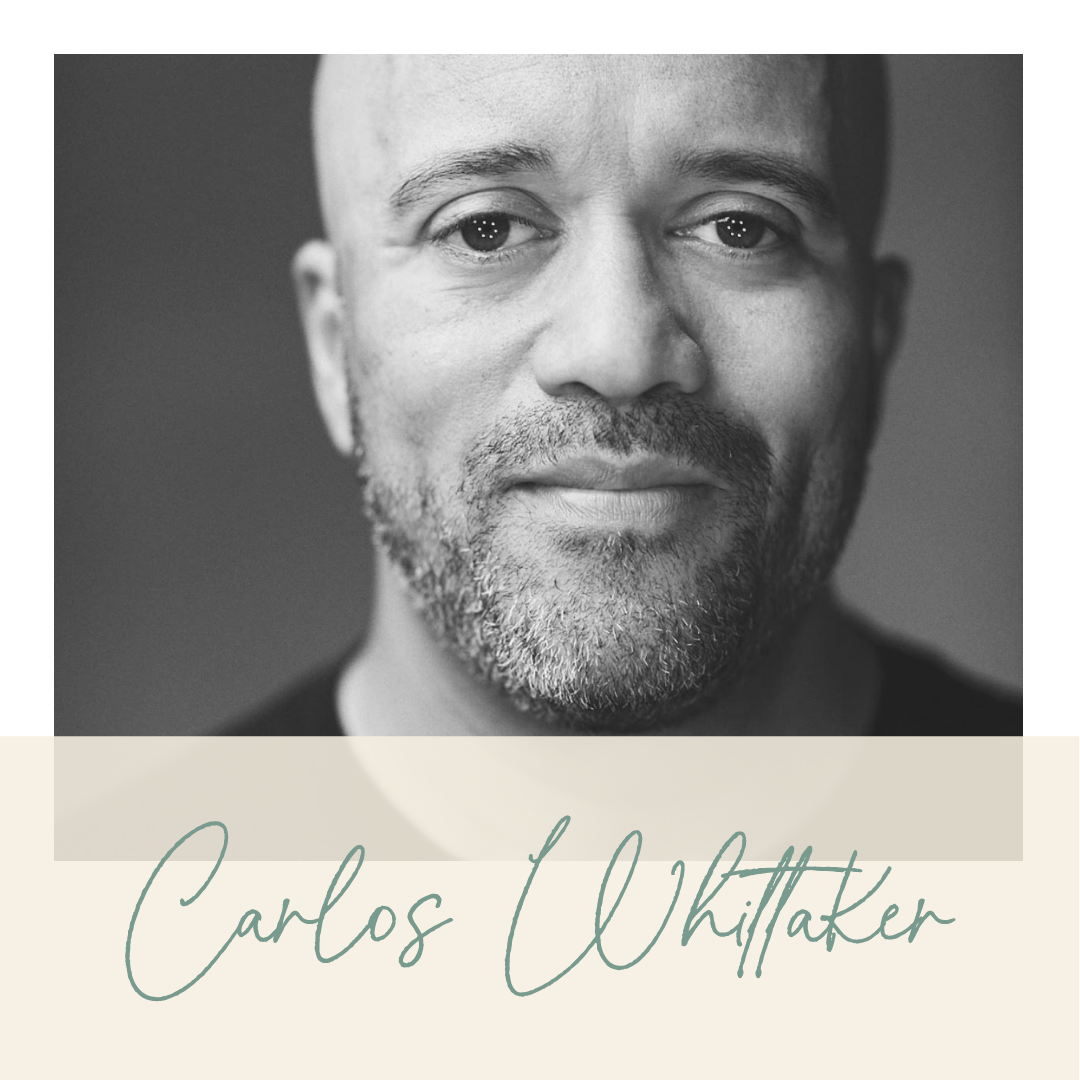How To Tell a Great Story on Social Media with Carlos Whittaker

No matter what genre we write, chances are we’re using stories to illustrate our point and communicate with our reader. It can be tempting to save our best stories for a book, but if we’re on social media, we have instant access to our readers right now. We have the opportunity to develop our storytelling skills on social media every day, in real time, as we interact with our followers.
Carlos Whittaker is one writer who does this well; he’s a multi-book author who also creates compelling daily content on Instagram stories for his followers. Storytelling is his gift, and he hones this skill while also reaching out to his readers in a way that compels them to stay connected to his work.
“I continue to tell stories on a daily basis. I use my storytelling . . . to allow my [followers] to feel like they’re in my life. That’s the goal. Not only am I building my storytelling skill set, but I’m allowing my readers to feel this soul connection with me. When it’s time to release a book, there isn’t a second thought that they would buy it.” — Carlos Whittaker
In his conversation with hope*writers, Carlos shares five things he’s learned about storytelling through social media, and why it should always focus on the reader. We’ll share a few of them here.

Identify Their Pain Point
Every story we share needs to be filtered through the lens of our reader. What will they take away from the story that will make their lives better? Do they need a laugh? A life hack? A human connection? A solution to their problem?
It’s our job as the writer to identify what is bothering our reader and offer them content that meets their specific needs. Authors identify a reader’s pain point before writing a book, and social media is an opportunity to practice that same skill in a low-stakes environment.
Guide Them To the Hero of the Story
Readers can be turned off by our stories if we position ourselves as the hero. Rather than being the hero, we are the guide who leads our followers to the hero of the story. This takes a lot of practice, because culturally, we’re encouraged to present ourselves in our best light. We’re often told that we are the hero of our own story.
However, this doesn’t connect with readers and comes across as self-serving. When we know our reader’s pain point, we can use stories to guide them towards a solution rather than present ourselves as the solution to their problem.

Be Vulnerable
One way to avoid positioning ourselves as the hero is to approach each story with vulnerability. Readers want to connect on a deeper level with a real person. Social media has been criticized for creating a facade where content creators present only the best, shiniest versions of themselves.
We have the opportunity to use our stories to make social media better. When we’re vulnerable with our readers in these spaces, we give them permission to be vulnerable too.
If you’re looking to develop more confidence as a storyteller, Carlos shares in even more depth about his process, how to identify a reader’s pain point, and how to get over self-consciousness on social media. Click here for free access to these as well as all five of Carlos’s storytelling tips, and take one step towards balancing the art of writing with the business of publishing.

